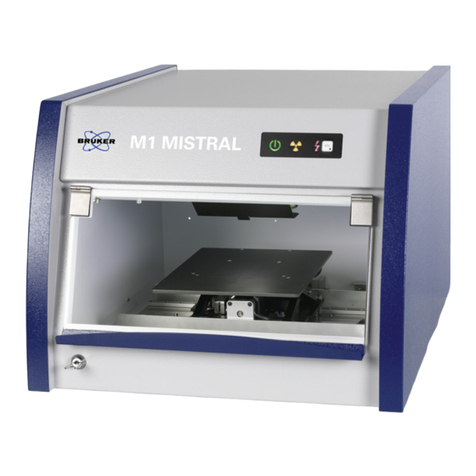
Contents
H155936_3_003 iii
Contents
1 About This Manual .............................................................................................................................5
1.1 Policy Statement .................................................................................................................5
1.2 Symbols and Conventions ..................................................................................................5
2 Introduction.........................................................................................................................................7
2.1 Concept...............................................................................................................................7
2.2 Intended Use.......................................................................................................................7
2.3 Limitation of Liability............................................................................................................8
2.4 Copyright.............................................................................................................................8
2.5 Warranty Terms ..................................................................................................................8
2.6 Customer Service ...............................................................................................................8
3 Safety...................................................................................................................................................9
3.1 System Owner's Responsibility...........................................................................................9
3.2 Personnel Requirements ..................................................................................................10
3.2.1 Unauthorized Persons ......................................................................................................11
3.2.2 Instruction .........................................................................................................................11
3.3 Personal Protective Equipment.........................................................................................11
3.4 General Workplace Dangers.............................................................................................12
4 Design and Function ........................................................................................................................15
4.1 Description ........................................................................................................................15
4.2 Software............................................................................................................................17
5 Transport, Packaging and Storage .................................................................................................19
5.1 Symbols on the Packaging ...............................................................................................19
5.2 Inspection at Delivery........................................................................................................20
5.3 Packaging .........................................................................................................................20
5.4 Storage .............................................................................................................................21
6 Flow Unit Installation .......................................................................................................................23
6.1 Choose the Position of the Reactor ..................................................................................23
6.2 Connecting the Transfer Line Holder ................................................................................24
6.3 Testing the Flow Unit Prior to Inserting it into the Magnet ................................................24
6.4 Temperature Control (optional).........................................................................................26
6.5 Software Installation..........................................................................................................27
6.6 Software Configuration .....................................................................................................32
6.6.1 TopSpin Configuration ......................................................................................................32
6.6.2 InsightMR Flow Mode Configuration.................................................................................32
6.6.2.1 Recommended Settings....................................................................................................34
6.6.3 Adding a New Protonated Solvent ....................................................................................38
7 Operation...........................................................................................................................................39
7.1 Inserting and Using the Flow Unit .....................................................................................39
7.2 Acquiring NMR Data Using InsightMR Software...............................................................40
7.3 Removing the Flow Unit for Storage in the Transport Box................................................41
7.4 Returning the Spectrometer to Normal Operation ............................................................41




























